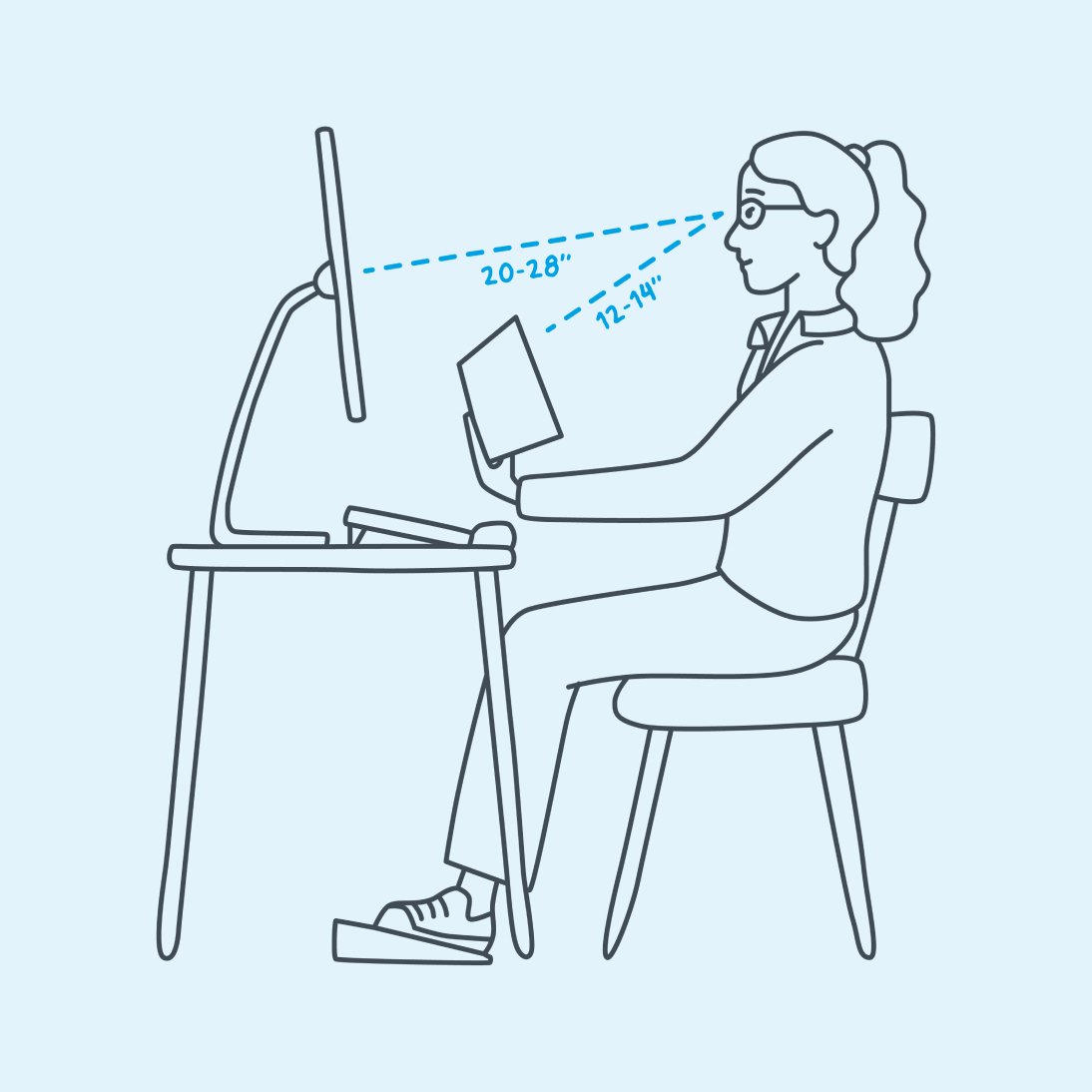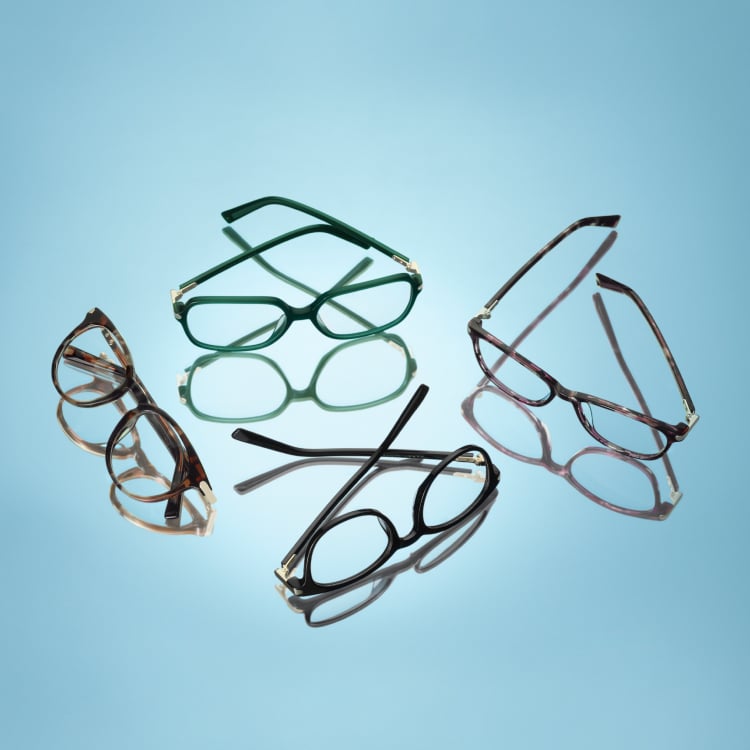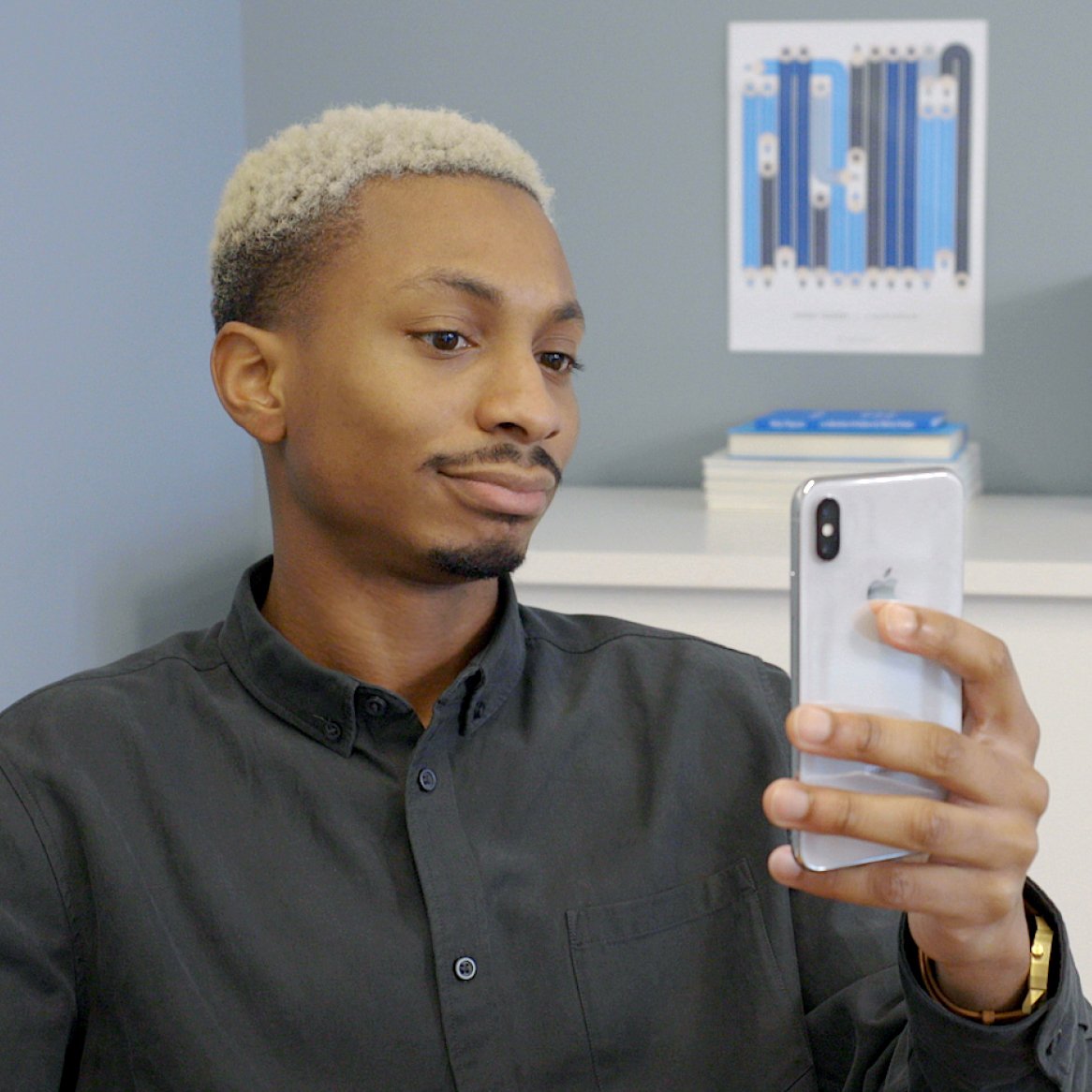Computer glasses are task-specific eyeglasses customized to your prescription and specifically made for computer work. They’re meant to be worn when sitting at your computer because they’re designed for optimal viewing at that distance.
In this article, we’ll take a closer look at computer eyeglasses, including what they do and how they’re different from other types of glasses.
What Do Computer Glasses Do?
The purpose of computer glasses is to help your eyes focus on your screen and prevent the effects of computer vision syndrome (also known as digital eye strain).
Staring at a computer for extended periods of time is hard work for the muscles in and around your eyes. Focusing on text and images presented on a digital screen requires more effort for two reasons.
- Distance: Computer screens are typically positioned at a distance that makes the eyes work harder and increases demands on the visual system.
- Pixels: The content on a screen is made up of many, many tiny illuminated pixels. If the number of pixels is low, the screen resolution may be poor, and your eyes have to work harder to see the text or images.
Computer glasses have the necessary prescription to focus at the distance of a computer screen. Most people’s computer screens are set up roughly two feet away from their face, but the exact distance will vary from person to person. That’s why glasses for computer use are typically a custom prescription—to provide the best possible viewing experience for each person’s needs.
Benefits of Computer Glasses
Because they ease eye muscle fatigue and make it easier to focus on the screen, computer glasses can help prevent symptoms of digital eye strain, which may include:
Computer Glasses vs. Reading Glasses
We know what you might be thinking: Computer glasses and reading glasses are both meant for close-up tasks, so what’s the difference?
Think about how far you hold a book from your face when reading versus how far your computer screen is from your face when you’re working. Reading is a close-up task, whereas computer work is more…close-up-ish. It’s actually considered an intermediate-distance task. That’s why computer glasses typically have roughly half the magnification strength of reading glasses. We say “roughly half” because it all depends on your computer setup and how far you are from your screen.
Another difference between computer glasses and reading glasses is that computer glasses often include blue light filtering. Computer screens emit blue light, and some studies have shown that blue-light filtering lenses may help to reduce symptoms of digital eye strain.
Read more: Is Blue Light Bad for Your Eyes?
How To Get Prescription Computer Glasses
If you think you might benefit from computer glasses, make an appointment with your eye doctor. If your goal is for your computer glasses to protect your eyes from screen exposure and eye strain day after day, then a custom prescription is key.
Before your exam, have a seat at your computer and measure the distance between you and your screen—you can do this by measuring from the screen to the bridge of your nose. Bring this measurement to your eye exam. It will help your eye doctor tailor your prescription to your specific setup and provide the clearest possible vision.
Computer Glasses Alternatives
As we mentioned earlier, computer glasses are task-specific. They may be the perfect glasses for someone constantly using a computer all day. But computer glasses aren’t for everyone or every lifestyle, especially if your daily tasks require you to focus at different distances (far to near) throughout the day.
If you have an eye prescription for general daily use, your eye doctor may recommend alternative options like anti-fatigue lenses or progressives. Both anti-fatigue lenses and progressives can be worn all day because they have multiple prescriptions in one lens (distance, intermediate, near). This would save you from carrying around two (or maybe more) pairs of eyeglasses.
At your exam, your eye doctor will ask questions about your computer use and take your regular eye prescription into consideration to determine if computer glasses are the best option for you.







